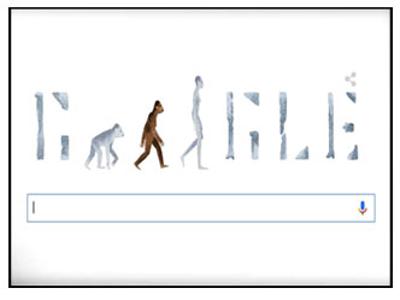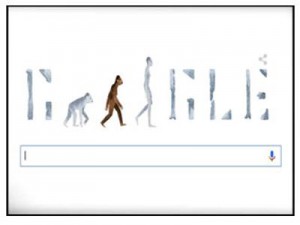1 min read
Google Doodle Celebrates Discovery Of ‘Lucy’ Most Famous Early Human Ancestor

April 23, 2024
Copyright 2023, IT Voice Media Pvt. Ltd.
All Rights Reserved

 41st anniversary of the discovery of ‘Lucy’, the name given to a collection of fossilized bones that once made up the skeleton of a hominid from the Australopithecus afarensis species, who lived in Ethiopia 3.2 million years ago.
41st anniversary of the discovery of ‘Lucy’, the name given to a collection of fossilized bones that once made up the skeleton of a hominid from the Australopithecus afarensis species, who lived in Ethiopia 3.2 million years ago.